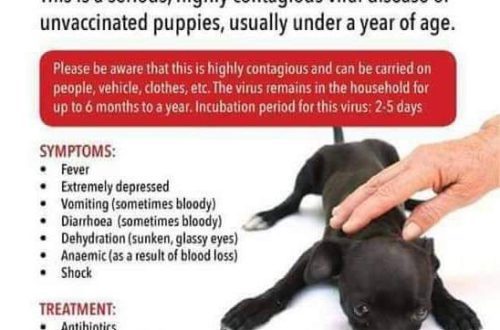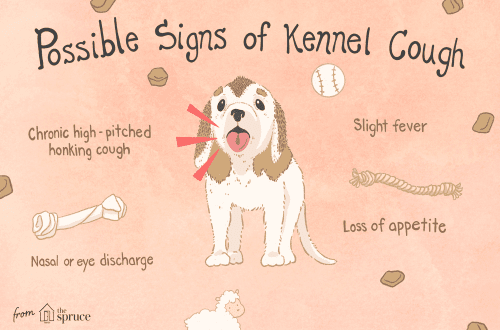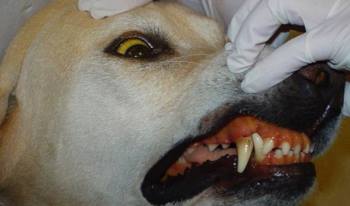
Leptospirosis in dogs

Leptospirosis is a zoonotic disease, which means that the disease can be transmitted from animals to humans. Therefore, the prevention of dog infection directly affects our health.
Dogs of all breeds and ages are equally susceptible to infection. An important factor may be the conditions of the animals.
The disease is present on all continents except Antarctica. But it is more common in regions with a warm climate and high annual rainfall. This is a dangerous infection that manifests itself in various symptoms and is often fatal for dogs.
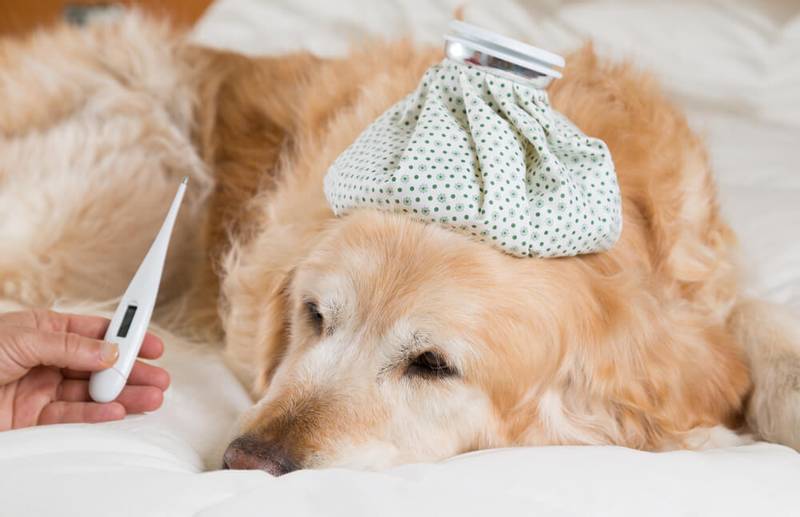
Contents
Course of the disease
Leptospirosis in animals manifests itself in different ways: it can occur in acute, subacute, chronic forms. The latter often turns into asymptomatic leptospiron carriage. Dogs can get sick from a few months to several years. The latent period of the course of the disease (that is, from the moment the bacteria enters the body until the first symptoms appear) is 4-14 days.
How is leptospirosis transmitted?
Leptospira are transmitted directly (by contact of damaged skin, intact mucous membranes with infected urine, milk, feces, semen) or more often indirectly (through the external environment, household items). Overcrowding of animals may increase the likelihood of infection (for example, keeping dogs in kennels).
Leptospira can live for months in moist soil and water. And rodents are lifelong carriers of leptospira. Accordingly, after drinking water from a stagnant reservoir, eating a rat, or mating with an infected dog, the pet runs the risk of getting leptospirosis.
Thus, the main risk factors for infection with leptospirosis are as follows:
- direct contact with infected animals;
- contact with a contaminated environment (for example, water bodies, soil).
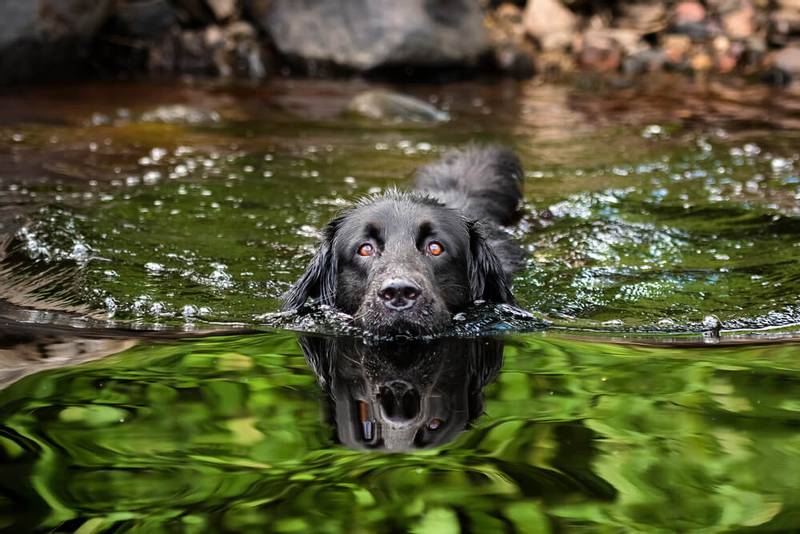
Symptoms of Leptospirosis in Dogs
Leptospiral infection can cause a wide range of clinical manifestations, from mild, self-limiting symptoms to severe, life-threatening conditions.
Also, the clinical signs of leptospirosis in dogs vary from the form of the course of the disease, the immunological status of the animal, environmental factors affecting the animal’s body, and the “aggressiveness” of the pathogen.
The most common primary symptoms of canine leptospirosis are fever, tremors, and muscle soreness. Further, weakness, loss of appetite, vomiting, diarrhea, rapid breathing, coughing, nasal discharge, jaundice of visible mucous membranes and skin may appear. Coagulation disorders and vascular damage may occur, manifested by hematemesis, bloody stools (melena), epistaxis, and skin hemorrhages. Severely ill animals are in an unconscious state, do not respond to external stimuli and cannot independently maintain normal body temperature.
The insidiousness of the disease, in addition to extensive symptoms, is also in the fact that it can proceed absolutely without any manifestations.
To diagnose this infection and associated pathological processes in a dog, it is necessary to take an anamnesis, conduct a clinical examination, conduct hematological and serological blood tests (to detect an increasing level of antibodies to leptospira), PCR, urinalysis, and, if necessary, perform an ultrasound examination of the abdominal cavity. , x-ray diagnostics.
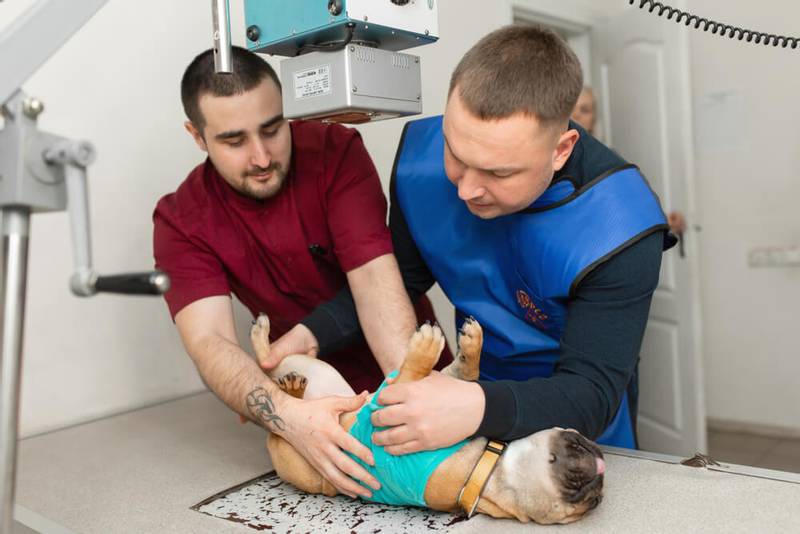
Danger to humans
This is worth mentioning again and even more than once, because leptospiral infection is recognized as an extremely common zooanthroponosis, which occupies one of the first places in terms of the severity of the clinical course, the frequency of deaths and long-term clinical consequences in humans.
In developed countries, most cases of leptospirosis in humans result from recreational activities using water. People who come into contact with farm animals are also at risk. In developing countries, the reservoir of infection for humans are stray dogs and rodents.
In humans, symptoms of the disease occur after an incubation period (without clinical manifestations), which can last from 2 to 25 days, and they vary depending on the severity. The disease may remain asymptomatic in some people (subclinical). Others may develop a flu-like illness. The most severe manifestations of leptospirosis are liver, kidney failure, and in some cases, damage to all organ systems, including the cardiovascular, respiratory and genitourinary systems (multiple organ failure).
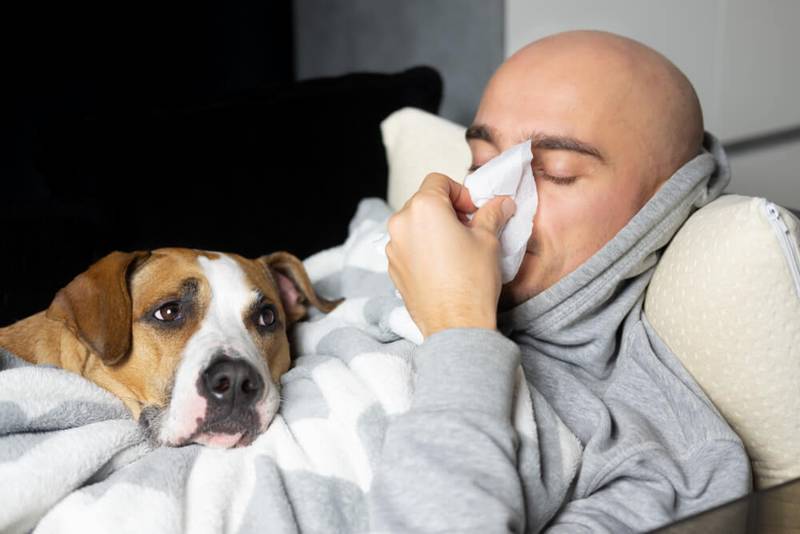
Treatment for leptospirosis in dogs
Treatment for canine leptospirosis depends on the severity of the infection. Animals with a confirmed diagnosis, as well as animals with a characteristic clinical picture and history, but without a confirmed diagnosis at the moment, should receive a combination of antimicrobials and maintenance therapy.
The basis of treatment is antibiotic therapy. Recommended antibiotics for dogs with leptospirosis are penicillin derivatives or doxycycline. The route of administration is orally (with food or in the mouth forcibly). If the pet has vomiting, loss of appetite, anorexia, then it is necessary to use antibiotics parenterally (intravenously, subcutaneously, intramuscularly).
Also, due attention in the treatment is given to maintenance therapy as long as the patient’s condition requires it (dehydration, hypoglycemia, electrolyte imbalance, etc.). Animals with leptospirosis may require varying levels of supportive care, depending on the severity of the disease and the affected organ systems. Recommendations include rehydration with intravenous fluid therapy (droppers), correction of electrolyte and acid-base disturbances, and symptomatic therapy (antiemetics, pain medications, nutritional support).
If the dog does not eat on its own for more than three days, a feeding tube should be placed. It allows food to be delivered directly to the stomach, bypassing the oral cavity and without provoking food aversion in the dog, while avoiding the patient’s reluctance to eat.
In especially severe situations, blood transfusion, hemodialysis, artificial lung ventilation (ALV) may be required.
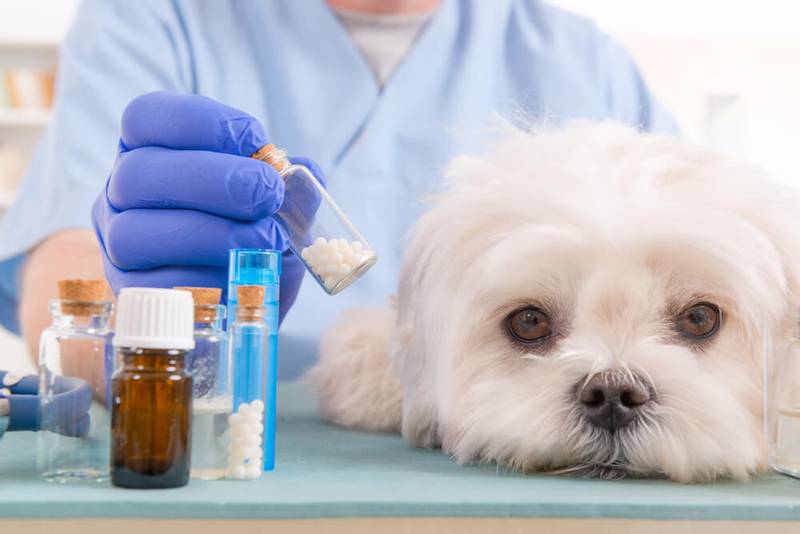
Rehabilitation
When infected with leptospirosis, a complete cure is possible. But, if the disease proceeded with complications (for example, impaired renal function), recovery may continue for several months after the initial stabilization of the animal’s condition. Everything can be done without hospitalization, if the patient’s condition allows it, but there are cases that require daily monitoring by a veterinarian, and then the dog is placed in an infectious diseases hospital. And then, after discharge, such an animal undergoes repeated examinations, first every 1-3 weeks, then once every 1-6 months.
Complications after illness
The main complications after leptospirosis have been outlined above and are the development of chronic renal failure and damage to the hepatobiliary system (encephalopathy, ascites, etc. may occur) in some dogs. These conditions are no longer cured completely and require periodic monitoring with a visit to the veterinarian.
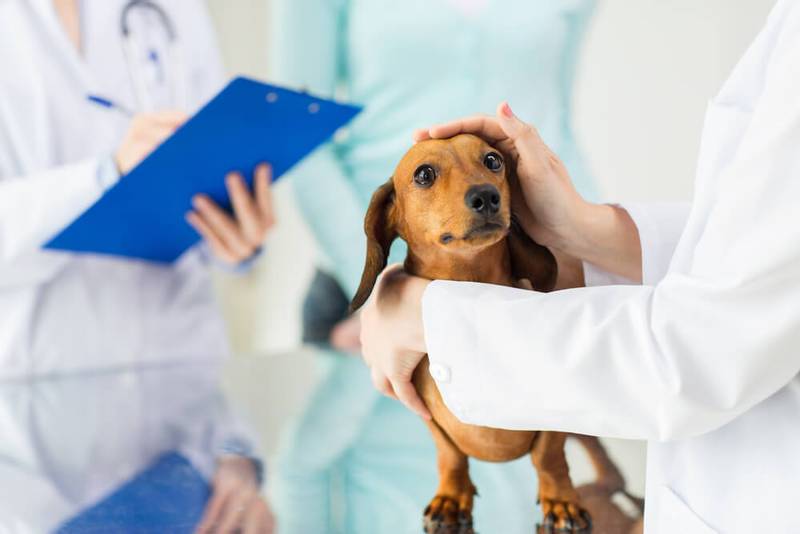
Preventive measures
One of the risk factors for infection in dogs is contact with sick animals and their natural secretions. Therefore, it is important to isolate infected dogs and follow the rules of hygiene, use antiseptics when working with them, so as not to transmit the pathogen to other animals.
Vaccination is critical to preventing disease in dogs. In addition to it, the following preventive measures are recommended:
- disinfection of premises, outdoor areas, household items that were used by infected dogs;
- it is forbidden to import sick and recovered dogs to kennels;
- do not feed dogs unverified by a veterinarian slaughter products;
- do not allow animals not vaccinated against leptospirosis to participate in exhibitions and events;
- do not walk dogs on the street that have not been vaccinated against leptospirosis and other infectious diseases on time;
- do not allow dogs to bathe in stagnant water bodies, including those located within the city;
- it is recommended to mate only if both individuals are vaccinated against leptospirosis and other infectious diseases within the prescribed time frame;
- ensure the systematic extermination of rodents in residential premises and in the local area;
- dogs should defecate away from standing water, where other animals and people, especially children, will not have access;
- a sick dog should be isolated both from other animals and from random uninformed people;
- when working with infected animals, their waste (urine, feces) and contaminated household items (bowls, trays, etc.), latex gloves, masks and goggles should be used (when washing contaminated areas with hoses).
The best way to protect against leptospirosis is vaccination! The disease is easier to prevent than to treat.
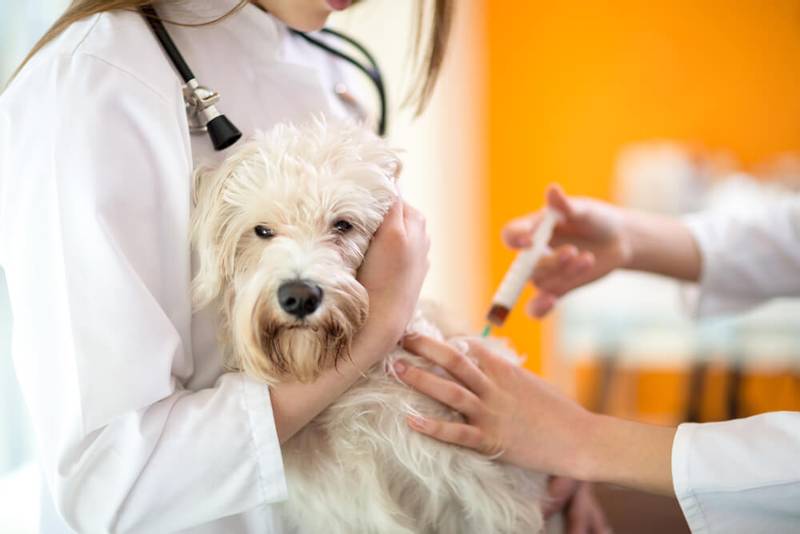
Canine leptospirosis vaccinations
Leptospirosis can be prevented by vaccination. Clinically healthy animals from 8 weeks of age are subject to it. It is important to note that vaccination will only protect a dog against a few strains of the causative agent of leptospirosis, which are considered the most common. And if a dog comes into contact with a strain from which it has not been vaccinated, then the disease can still develop. After vaccination, protection occurs after 14 days for up to 12 months.
Vaccination is most effective when the schedule for initial and reintroduction of the vaccine is strictly adhered to, according to accepted recommendations. Revaccination must be done annually.
Dogs that have not been vaccinated against leptospirosis for more than 18 months should receive 2 doses of the vaccine 3-4 weeks apart, as if they were vaccinated for the first time in their lives.
Dogs at high risk in climates with cold winters should be vaccinated in the spring.
To date, there are several types of vaccines against leptospirosis, which differ from each other in the quantitative composition of serovars (strains) of leptospira:
2-serovar vaccines (Nobivac Lepto, Netherlands of origin), Eurican (France of origin), Vangard (Belgium of origin);
Vaccines with 3 serovars (Eurican multi, manufacturing country France), Multican (manufacturing country Russia);
Vaccines with 4 serovars (Nobivac L4, Netherlands).
The benefits of vaccination far outweigh the potential harm to the animal, and adverse reactions are rare. Each manufacturer guarantees the safety of their product through numerous studies.
In any case, after the vaccine has been given, you can stay in the veterinary clinic for 20-30 minutes to observe the reaction of the animal’s body to the administered drug.
The article is not a call to action!
For a more detailed study of the problem, we recommend contacting a specialist.
Ask the vet
17 September 2020
Updated: February 13, 2021




